Indoor Lemon Balm Care – Tips For Growing Lemon Balm Indoors
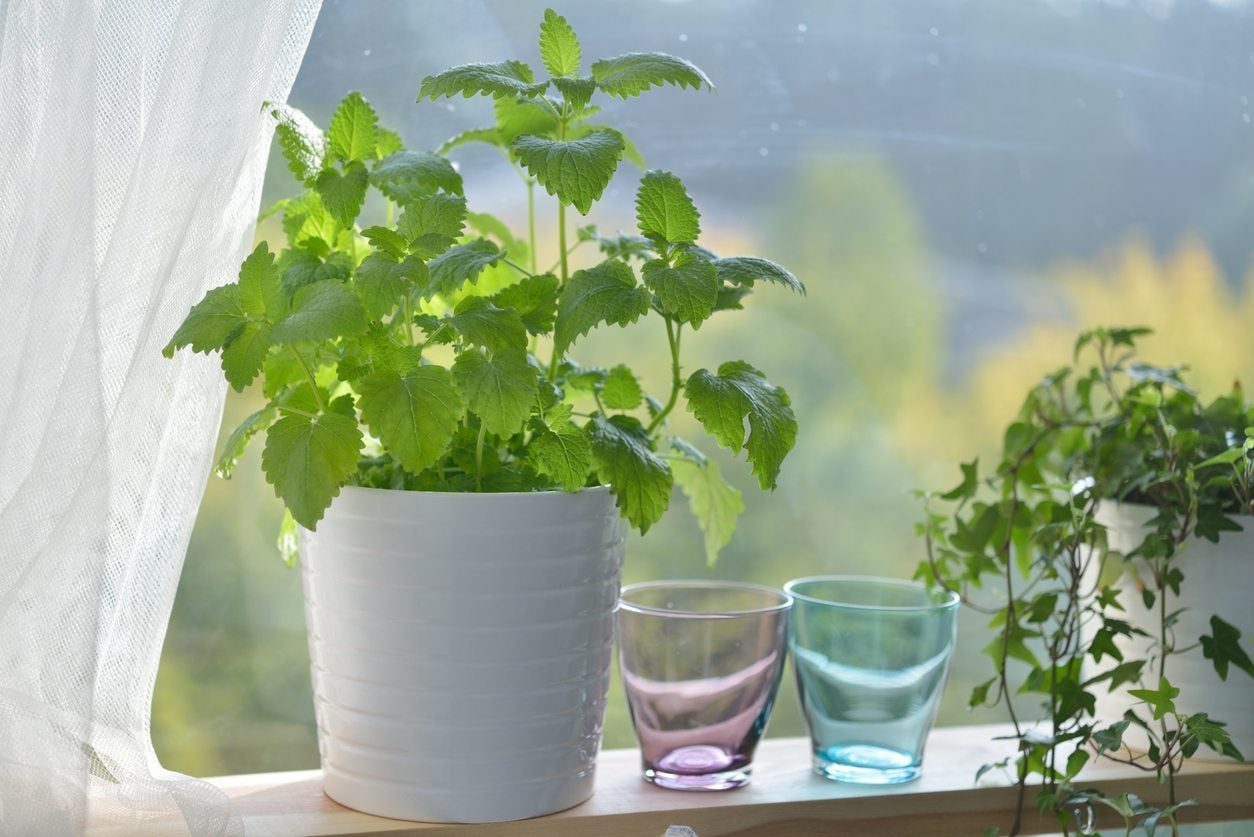

Lemon balm as a houseplant is a fabulous idea because this lovely herb offers a beautiful lemony aroma, a tasty addition to foods and drinks, and a pretty potted plant for a sunny window ledge. Knowing what this herb needs will allow you to grow it indoors, year-round.
Reasons for Growing Lemon Balm Indoors
All gardeners know that it is nice to have any green plants indoors, especially during the winter months. However, growing herbs like lemon balm in containers inside add much more than just a cheerful splash of living green. Lemon balm looks nice, but it also smells nice.
A whiff of lemon in the winter, and at all times of the year, is a great mood booster. You can also pick leaves from your indoor lemon balm to use in savory and sweet dishes, salads, cocktails, and just about anything else that can benefit from an herbal lemon flavor.
How to Grow Lemon Balm Indoors
Lemon balm is related to mint, which is good news for growing it. Like mint, this herb will grow readily if you give it the right conditions. Containers are perfect for lemon balm growing because, like mint, it will spread rapidly and take over a bed in the garden.
Choose a container of just about any size, but the larger the container, the more lemon balm you’ll get as your original plant grows. For soil, any decent potting soil will work, but make sure the container drains. Water your plant regularly, without letting it get soggy. A nice sunny spot will be best for your lemon balm, with at least five hours per day of sunlight.
You can use a light liquid fertilizer for houseplants every couple of weeks to encourage growth. Indoor lemon balm care is pretty easy and straightforward but keep an eye on your plant and watch for signs of bolting. If you see signs of flowers forming, pinch them off.
The leaves won’t taste right if you let the plant bolt. You can grow your lemon balm indoors year-round, but with a container, you can also move it outdoors to enjoy it in the garden or on the patio in the warmer months.
Gardening tips, videos, info and more delivered right to your inbox!
Sign up for the Gardening Know How newsletter today and receive a free copy of our e-book "How to Grow Delicious Tomatoes".

Mary Ellen Ellis has been gardening for over 20 years. With degrees in Chemistry and Biology, Mary Ellen's specialties are flowers, native plants, and herbs.
-
 Try The Trend – Turn Any Bed Into A Keyhole Garden With This Clever In-Ground Composter
Try The Trend – Turn Any Bed Into A Keyhole Garden With This Clever In-Ground ComposterKeyhole gardening is an efficient and sustainable practice that saves space. Get started on this DIY project quickly and easily with an in-ground composter.
By Bonnie L. Grant
-
 4 Superfast Composting Methods: Turn Waste Into Garden Gold In 30 Days Or Less
4 Superfast Composting Methods: Turn Waste Into Garden Gold In 30 Days Or LessTry the fastest composting methods to turbocharge your pile and transform kitchen scraps and garden waste into finished compost in just a few weeks.
By Mary Ellen Ellis
-
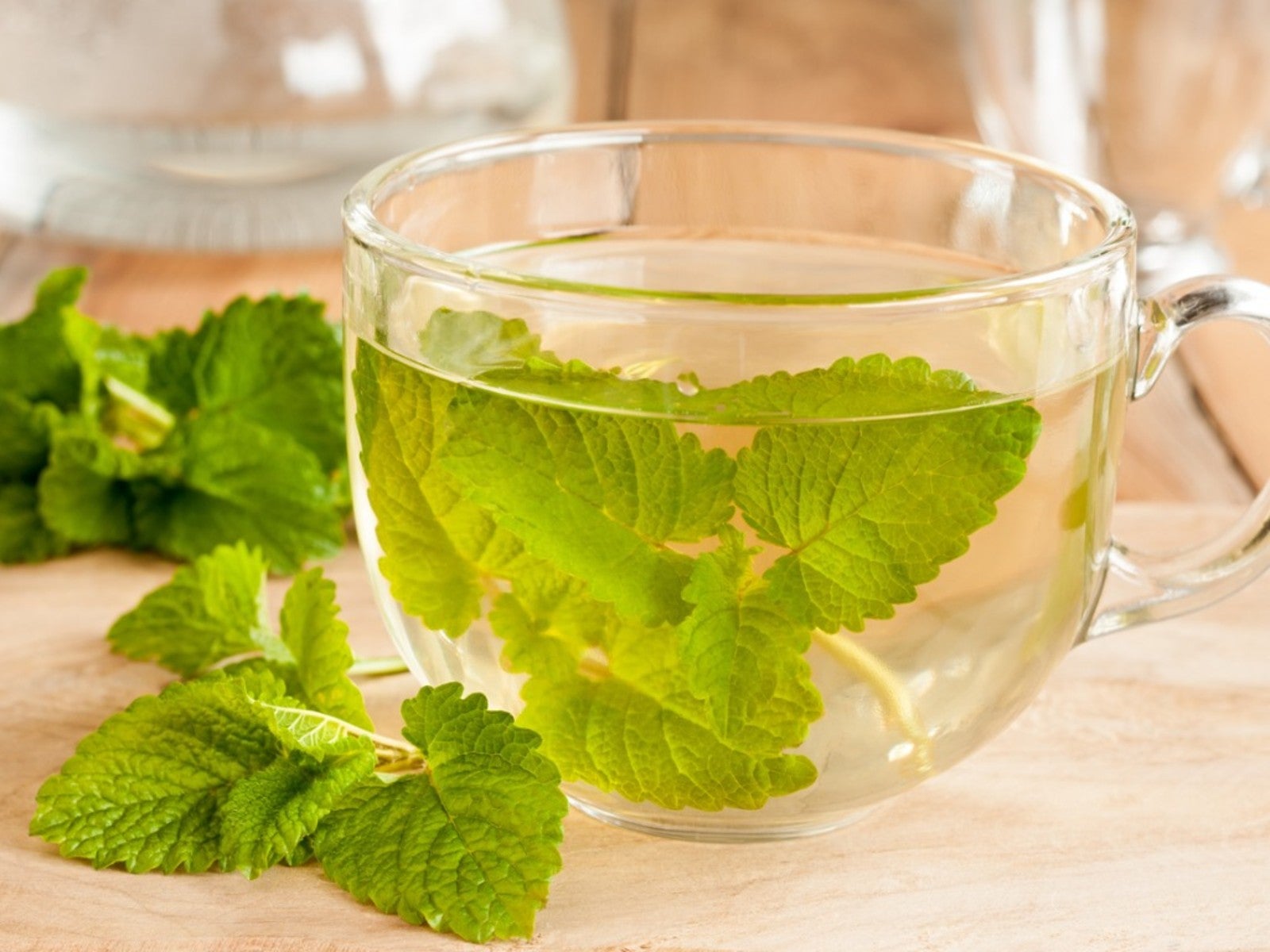 Lemon Balm Uses - What Is Lemon Balm Plant Used For
Lemon Balm Uses - What Is Lemon Balm Plant Used ForWhat are the benefits of lemon balm? Read on to learn about herbal and medicinal uses for lemon balm plants.
By Amy Grant
-
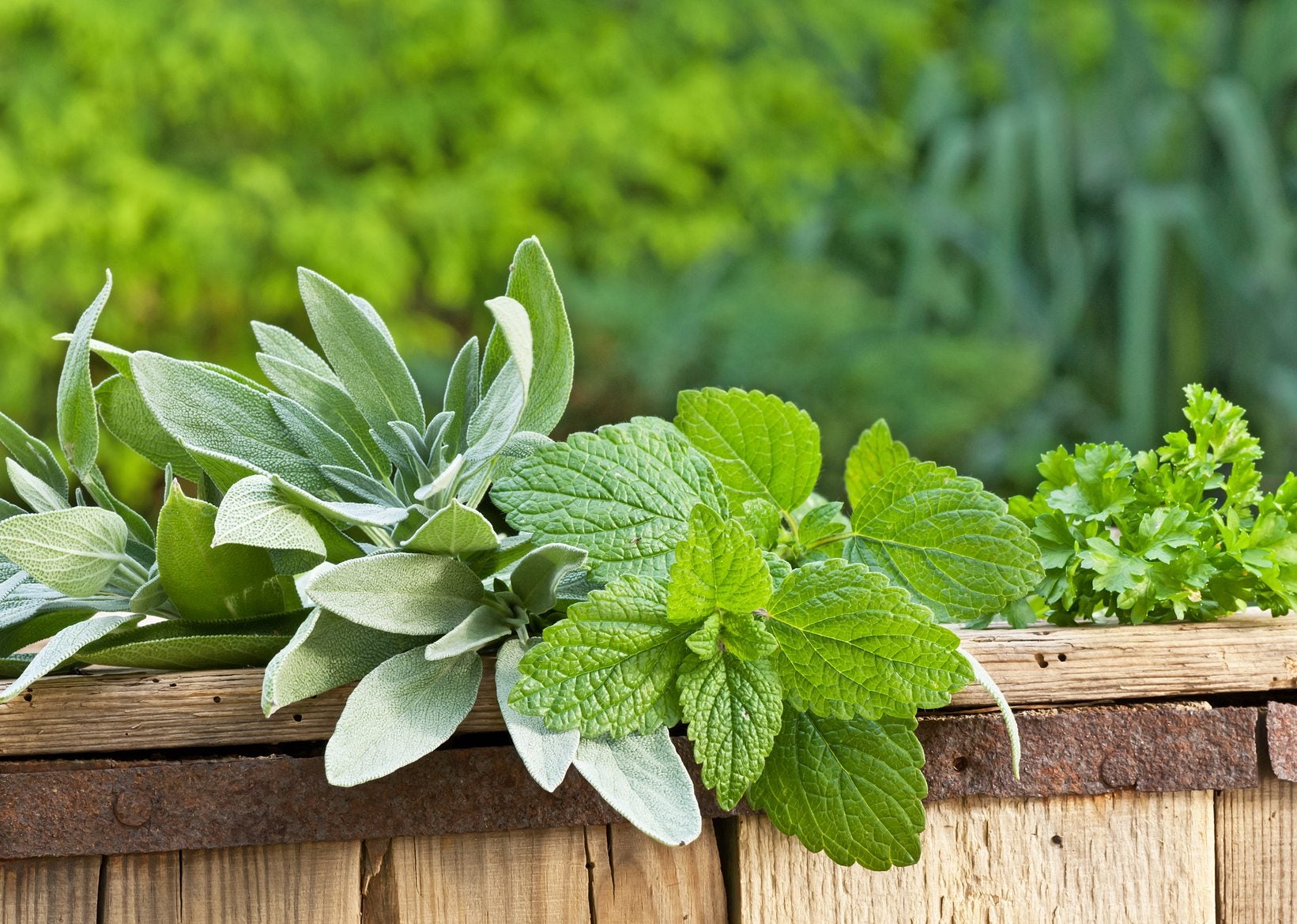 Companions For Lemon Balm – Learn About Lemon Balm Companion Planting
Companions For Lemon Balm – Learn About Lemon Balm Companion PlantingA member of the mint family, lemon balm is easy to grow, even for newbie gardeners. If you're wondering what to plant with lemon balm, then look to this article for a few suggestions to get you started. Click here for more info.
By Mary H. Dyer
-
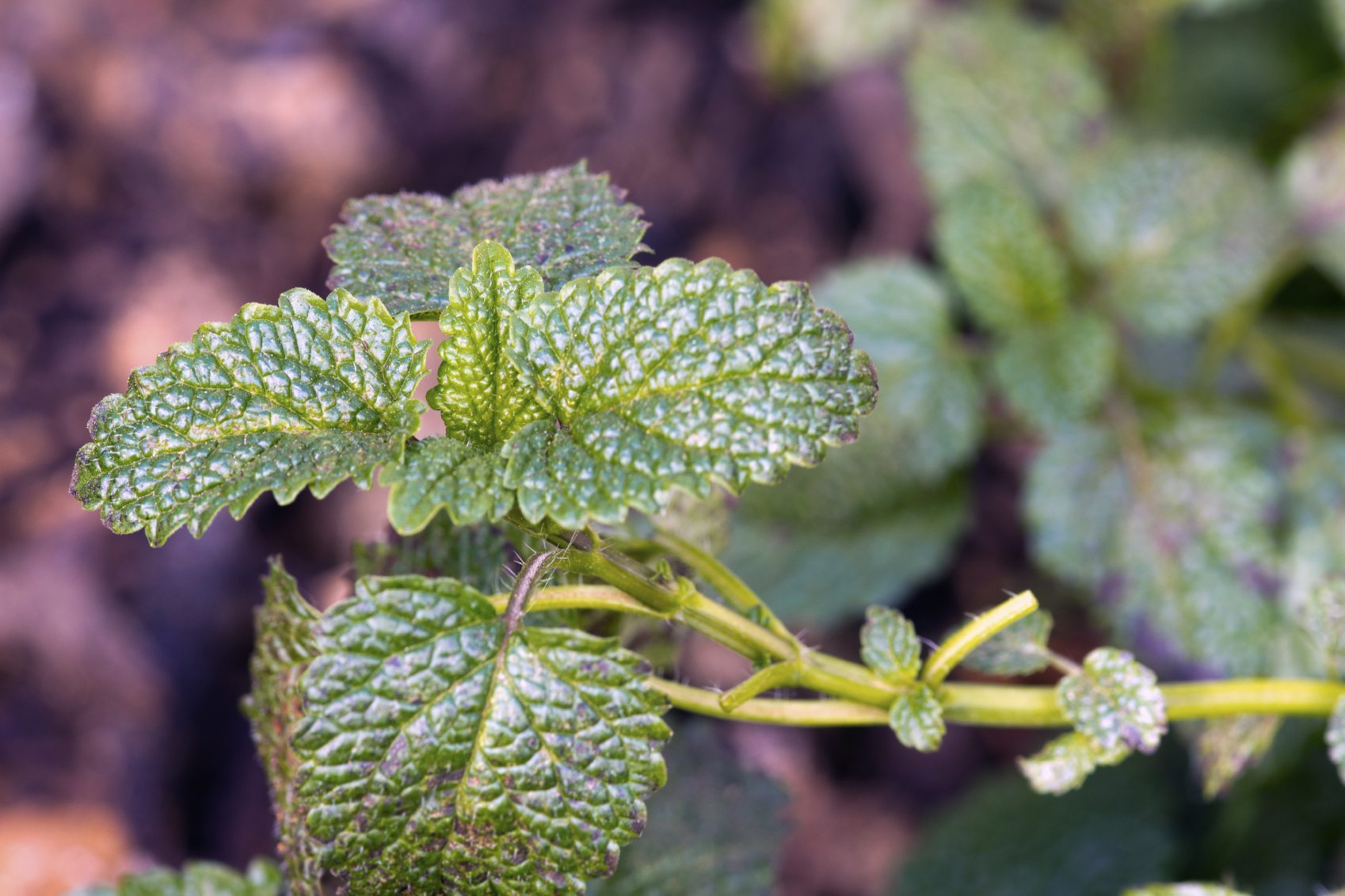 Lemon Balm Control: Tips For Getting Rid Of Lemon Balm Weeds
Lemon Balm Control: Tips For Getting Rid Of Lemon Balm WeedsIt's hard to imagine that such a lovely plant could cause so many problems, but this member of the mint family is super-prolific and can wear out its welcome in a hurry. Read this article for tips on controlling lemon balm.
By Mary H. Dyer
-
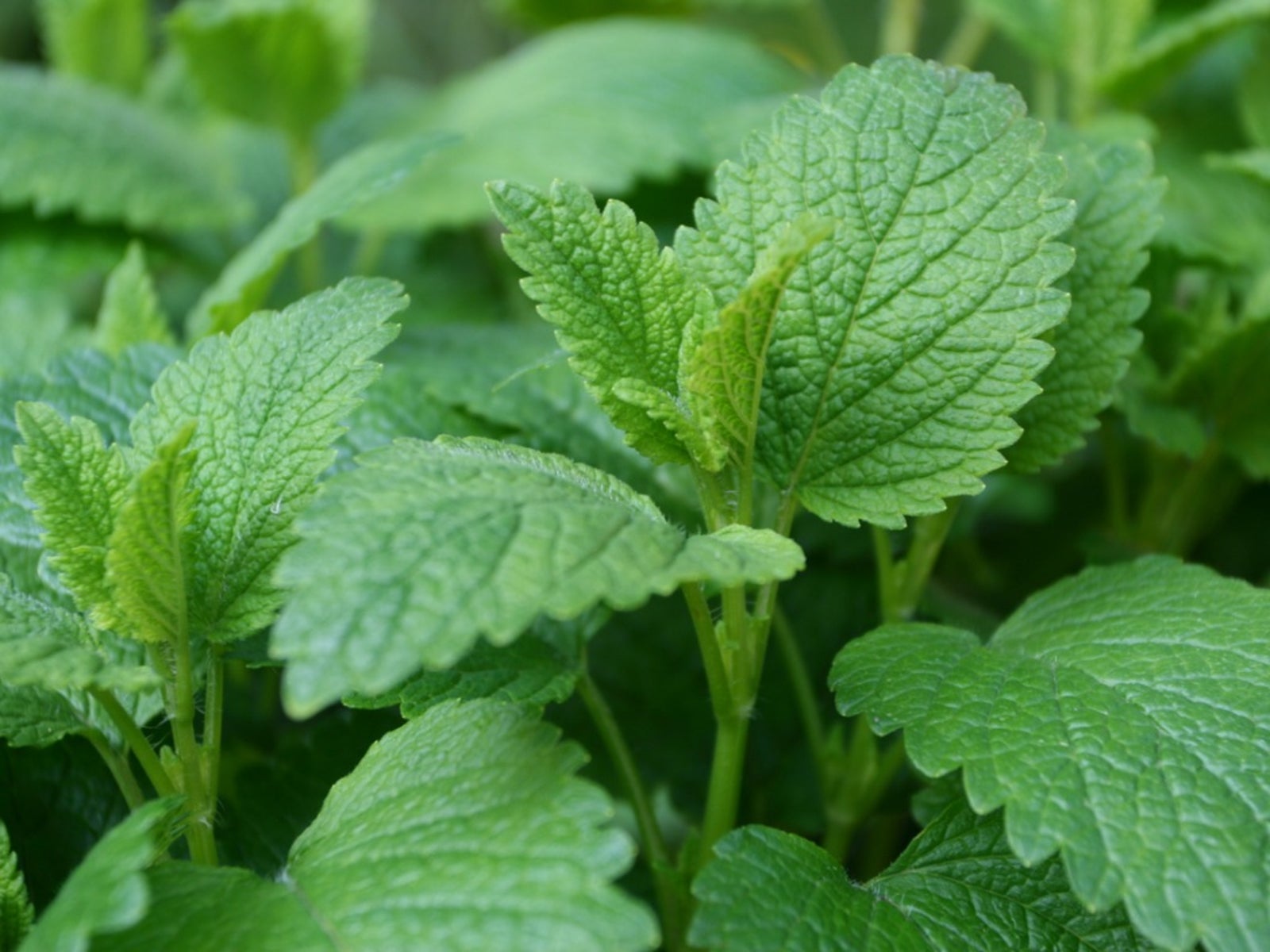 Tips For Growing Lemon Balm
Tips For Growing Lemon BalmWhile not as popular as other herbs, lemon balm is a wonderful herb to have in your garden. Wondering what to do with lemon balm and what is lemon balm used for exactly? Read this article to learn more.
By Heather Rhoades